So you know the facts?
Take Our Quiz
Ovarian cancer is the leading cause of death from gynecologic cancers in the United States and the fifth leading cause of cancer death among U.S. women. There is no time like the present to learn all there is to know about ovarian cancer symptoms and prevention. Take our quiz, test your knowledge, and be sure to share it with a friend!
1. Ovarian cancer symptoms include:
(a) Pelvic and/or abdominal pain, bloating, or a feeling of fullness
(b) Severe headaches
(c) Shooting pains in the arms and legs
(d) Extreme sweating
2. Risk factors for ovarian cancer include:
(a) Inherited gene mutations
(b) Under the age of 40 with a personal or family history of breast cancer
(c) All of the above
3. Both breast and ovarian cancer can be caused by gene mutations.
(a) True
(b) False
4. A prophylactic oophorectomy is:
(a) The surgical removal of the cervix
(b) Removal of both ovaries and tubes for prevention of ovarian/tubal cancer in extremely high-risk patients
(c) A diagnostic and therapeutic procedure where a small amount of radiation is directed at the cancerous tissue
(d) An instrument used to view the ovaries
5. How is ovarian cancer usually treated?
(a) Cytoreductive surgery and surgical staging (removal of ovarian tumors)
(b) Chemotherapy
(c) Radiation therapy when appropriate
(d) All of the above
Answers:
- A. Abdominal bloating, pelvic and/or abdominal pain, and/or feeling of fullness are all symptoms of ovarian cancer in addition to vague but persistent and unexplained gastrointestinal complaints such as gas, nausea, and indigestion; unexplained change in bowel habits (constipation or diarrhea); unexplained weight gain or loss; frequency and/or urgency of urination; unusual fatigue; shortness of breath; and new and unexplained abnormal postmenopausal vaginal bleeding.
- C. All of these factors make you at higher risk than the average woman. Several factors may increase your risk of ovarian cancer. Having one or more of these risk factors doesn't mean that you're sure to develop ovarian cancer, but your risk may be higher than that of the average woman.
- A. Both breast and ovarian cancer can be caused by mutations in the BRCA1 and BRCA2 genes. Women with a family history of breast and ovarian cancer, or a personal history for either, particularly if diagnosed before age 50, should be aware of increased risk for the other.
- B. Prophylactic oophorectomy, or risk reducing salpingo-oophorectomy, is the removal of both ovaries and tubes for prevention of ovarian/tubal cancer in extremely high-risk patients.
- D. All of the listed options are used to treat ovarian cancer. Treatment for recurrent ovarian cancer must be determined by a gynecologic oncologist.


